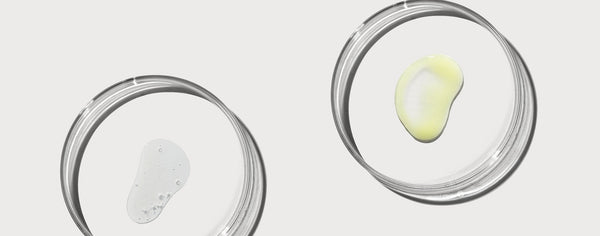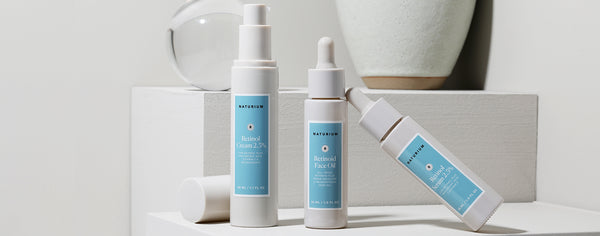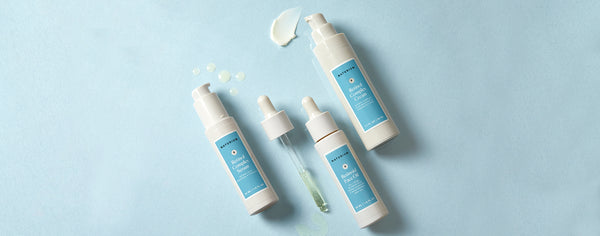Retinol vs Retinal: What's the Difference?

Wondering what the difference is between retinol and retinal? Retinol is the main circulating form of Vitamin A and a skin revitalizer, known to enhance skin radiance among many other benefits. In the body, retinol is converted into retinaldehyde, aka retinal, that is further converted to retinoic acid. Retinal is the natural precursor of retinoic acid so it is the closest thing to a prescription strength retinoid. Read on to learn more about these powerhouse retinoids.
THE SCIENCE BEHIND IT…
OVERALL CLINICAL DATA ON SPECIFIC INGREDIENT(S) & HOW THEY FUNCTION:
There are more than 2,000 derivatives of Vitamin A.
Retinol and retinal are both part of the Vitamin A family and share structural and functional similarities with other Vitamin A derivatives.1 Like other retinoids, they regulate cell differentiation and proliferation and promote the synthesis of collagen. Retinoids are known for their anti-aging properties, helping reduce the appearance of fine lines and wrinkles. Retinoids also help with texture and discoloration caused by sun damage. The structural differences between the various retinoids are accounted for by the polar end-group, which is hydroxyl in retinol, aldehyde in retinal, carboxylic acid in retinoic acid, and a variety of esters in the retinyl esters, respectively.2 Both retinal and retinol are first generation naturally occurring, non aromatic retinoids. While tretinoin is the biologically active prescription strength retinoid, Retinol and Retinal are non-prescription retinoids commonly found in skincare products.
What is Retinol?
Retinol is the main circulating form of Vitamin A and a skin revitalizer, known to enhance skin radiance and treat dermatological disorders including acne, rosacea, actinic keratosis and chronological aging. Retinol requires the conversion to active retinoic acid to exert a biological effect.3 When compared to retinoic acid, retinol has an increased penetration potential. Both Retinol and retinal speed up cell turnover and collagen production, as well as reduce epidermal melanin to help even complexion.
Retinol vs Retinal
In the body, retinol is converted into retinaldehyde, aka retinal, that is further converted to retinoic acid. Retinal is the natural precursor of retinoic acid so it is the closest thing to a prescription strength retinoid. Topical retinoic acid is associated with an irritation factor which eliminates its utility in cosmetics. Retinal is demonstrated to help with photoaged skin, improving fine lines and wrinkles. Retinal is better tolerated by skin compared to Retinoic acid. A study in 2018 showed significant improvement in the treatment of uneven skin texture using the topical application of retinal 0.1% and retinal 0.05% creams in adult women.4 The study also showed these retinal creams reduced trans epidermal water loss (TEWL) and increased skin hydration. Retinaldehyde is the most potent of retinoids available for cosmetics and reveals results faster compared to retinol.

DISCLAIMER:
Lab Journals are intended to help educate on specific ingredients and skin care topics. Our articles are written to be informative and informational.
Please note any Naturium products with referenced ingredients are formulated for Cosmetic Use Only and NOT intended as replacements for physician pharmaceutical product recommendations.

Retinol Complex Cream
50 ML / 1.7 FL OZ Our all-in-one skin perfecting retinol cream is formulated with a photostable blend of encapsulated retinol, a natural bio-retino...
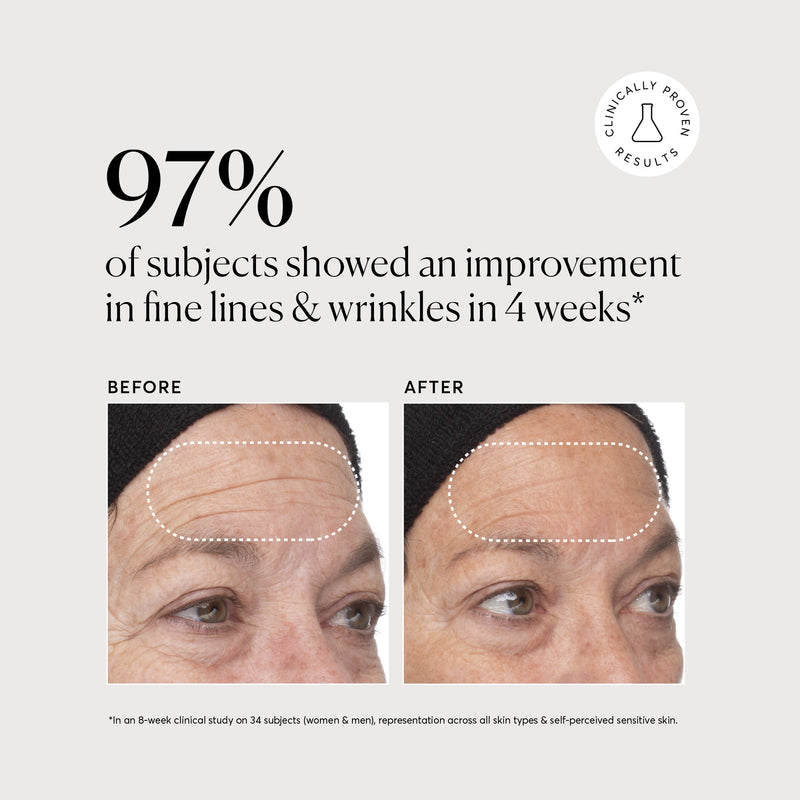
Retinol Complex Serum
30 ML / 1.0 FL OZ Our advanced retinol serum is formulated with a photostable, synergistic blend of encapsulated retinol, a natural bio-retinol and...
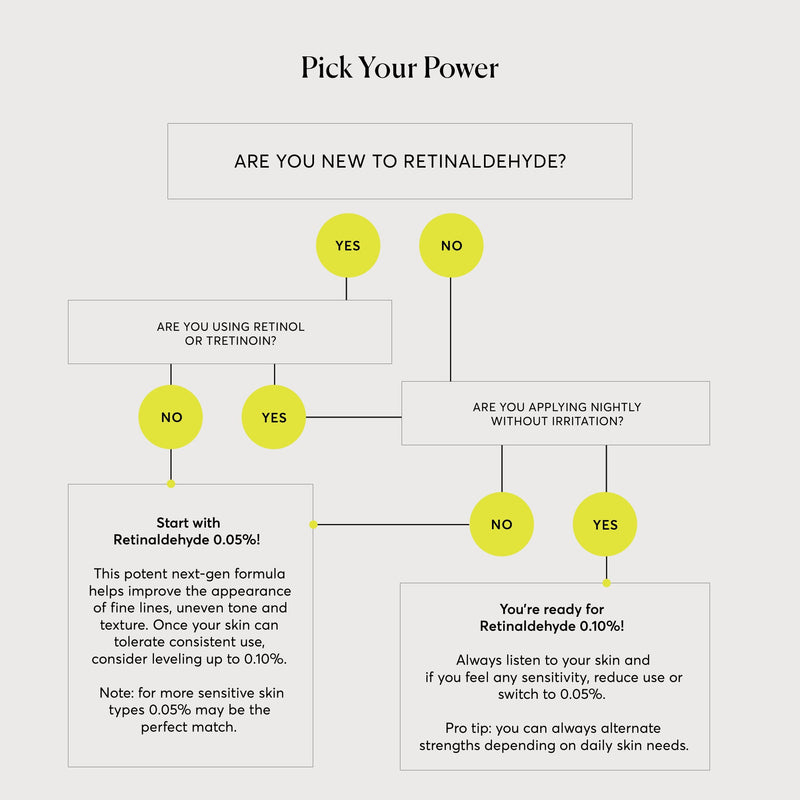
Retinaldehyde Cream Serum 0.05%
50 ML / 1.7 FL OZ Our results-driven serum is formulated with a unique, sustained-release retinaldehyde; a potent next-gen retinol that directly co...


